Sewing is an art that has been around for centuries. From creating clothing and accessories to household items and crafts, sewing has played a significant role in human history. And just like any other art form, it requires the right tools and materials to achieve the desired results. In this article, we will explore the different categories in which sewing tools and materials can be classified as.
1. Cutting Tools
The first step in any sewing project is cutting the fabric. This is where cutting tools come in handy. The most common cutting tool used in sewing is the pair of scissors. However, there are other cutting tools that are essential in sewing, such as rotary cutters, fabric shears, pinking shears, and seam rippers. Each of these cutting tools serves a specific purpose, making it easier and more efficient to cut fabrics for sewing projects.
2. Measuring Tools
Accurate measurements are crucial in sewing. Without the correct measurements, a sewing project might end up looking lopsided or ill-fitting. That is why measuring tools are an essential part of any sewing kit. The most common measuring tool used in sewing is the measuring tape. It allows for accurate body measurements and fabric length. Other measuring tools that are commonly used in sewing include rulers, yardsticks, measuring gauges, and French curves.
3. Marking Tools
Marking tools are used to transfer pattern markings onto fabric. They play a critical role in ensuring that the sewing project is sewn in the right places. The most commonly used marking tool in sewing is the chalk or chalk pencils, which come in different colors to match different fabric colors. Other markers used include fabric pens, disappearing ink pens, and tailor’s chalk. These marking tools can be easily removed from the fabric with water or through heat.
4. Sewing Machine And Accessories
In modern times, sewing machines have become a crucial tool in sewing. They allow for faster and more efficient stitching, especially for larger projects. Sewing machines come in different types, such as mechanical, electronic, and computerized. Each of these types serves a specific purpose and caters to different sewing needs. Along with the sewing machine, accessories such as needles, threads, bobbins, and presser feet are also part of this category.
5. Hand Sewing Tools
While sewing machines make sewing more efficient, hand sewing tools are still important, especially for delicate and intricate sewing projects. The most commonly used hand sewing tools include needles, pins, thimbles, and embroidery hoops. These tools allow for precision and neatness in hand sewing, making it an integral part of the sewing process.
6. Sewing Notions
Sewing notions refer to the small tools and accessories that aid in sewing. These include items like buttons, zippers, snaps, hook and loop fasteners, and clasps. These notions add functionality and aesthetics to sewing projects, making them an essential part of any sewing kit.
7. Fabrics And Interfacing
No sewing project can be completed without fabrics and interfacing. Fabrics come in various textures, designs, and weights, making them suitable for different sewing projects. Interfacing, on the other hand, is used to provide structure and stability to fabrics. Different fabrics and interfacings are used for various sewing projects, such as cotton for clothing, canvas for bags, and fusible interfacing for collars and cuffs.
In conclusion, sewing tools and materials are crucial in creating any sewing project. Each category mentioned above has its role in making the sewing process smooth and efficient. As a sewer, having the right tools and materials is essential in creating beautiful and functional pieces. So, next time you embark on a sewing project, make sure you have all the necessary tools and materials to achieve your desired results.
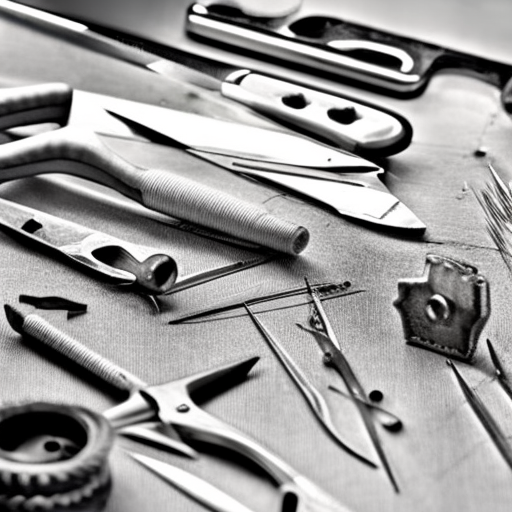
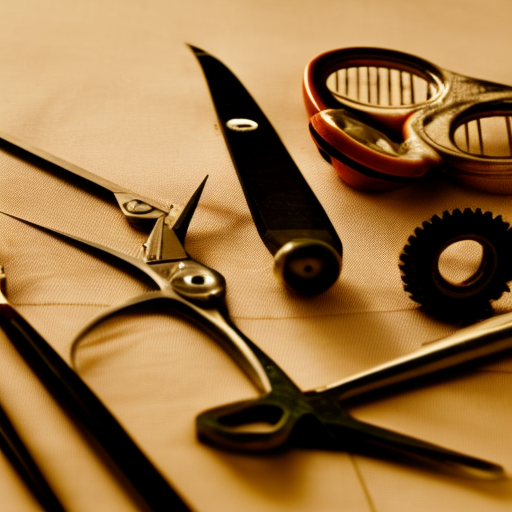
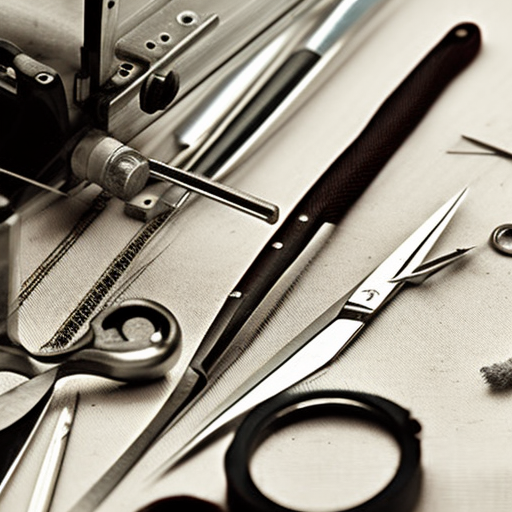
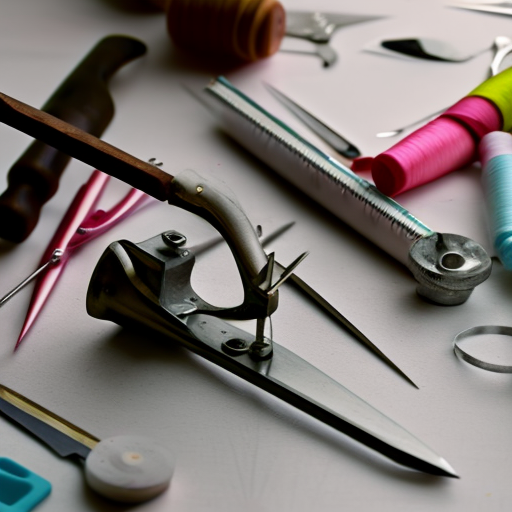
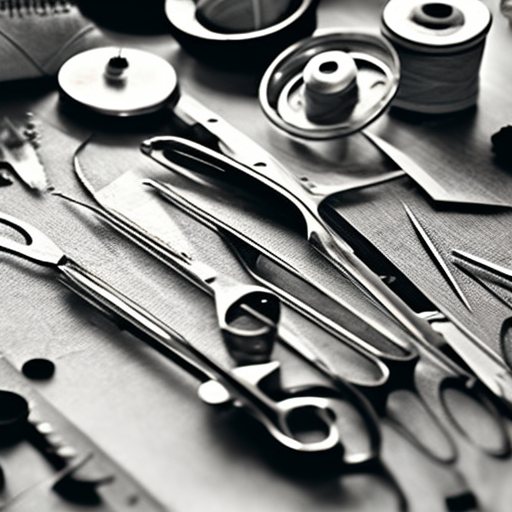
This is a great guide to use when learning about the basics of sewing!
Annette Morris: Very informative!
This is an excellent useful resource for those looking to get started in the art of sewing. Even for experienced sewers, it’s good to have a refresher on the materials and tools available and how to best make use of them.
Very helpful for aspiring and novice sewers!
Really helpful in knowing what’s needed to start off in sewing!